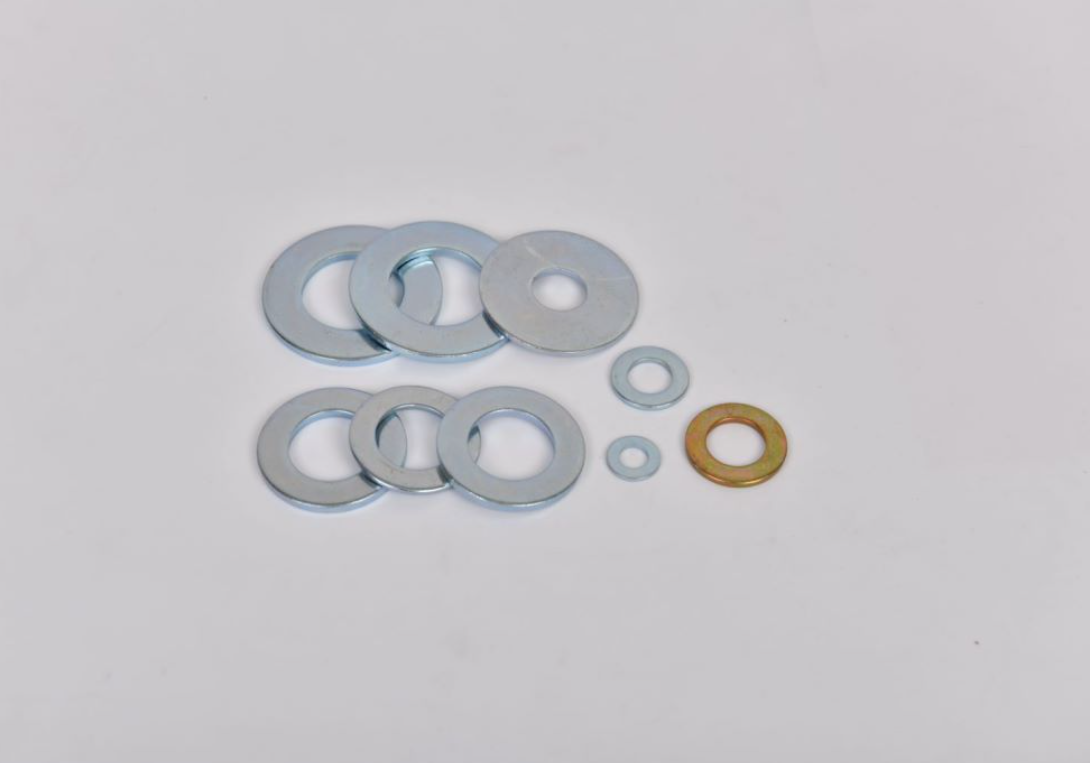Spring Washer Manufacturing Solutions for Reliable Fastening and Assembly Applications
The Essential Role of Spring Retaining Washer Factories in Modern Manufacturing
In the contemporary manufacturing landscape, the production of specialized components plays a pivotal role in ensuring the efficiency, safety, and functionality of various mechanical systems. Among these components, spring retaining washers are often overlooked yet incredibly vital elements in numerous applications. This article explores the significance of spring retaining washer factories, the manufacturing processes involved, and the various applications of these essential components.
Understanding Spring Retaining Washers
Spring retaining washers, also known simply as retaining washers, are circular devices designed to provide a secure hold on components in assembly applications. Their primary function is to prevent the loosening of bolts, screws, and nuts due to vibrations or rotational forces. These washers are often made from materials like stainless steel, carbon steel, or plastic, depending on the specific application requirements, including resistance to corrosion and durability under stress.
The Manufacturing Process
The production of spring retaining washers involves several key processes that ensure the final products meet the necessary specifications. Factories typically start with the selection of high-quality raw materials, as the integrity of the washer is highly dependent on the material used.
1. Material Preparation The process begins with sourcing high-grade materials. Steel sheets or coils are cut into specific shapes, followed by heat treatment processes designed to enhance their physical properties.
2. Forming The cut materials are then shaped into washers using various methods, such as stamping, bending, or machining. Stamping is a popular technique, as it allows for mass production with high precision and consistent quality.
3. Heat Treatment For materials that require additional strength, heat treatment processes, such as quenching and tempering, are applied. This step is crucial for enhancing the elasticity and resilience of the washers, ensuring they function effectively under pressure.
4. Surface Treatment To increase resistance to corrosion and wear, surface treatments like plating, anodizing, or applying protective coatings are commonly employed. This not only extends the lifespan of the washers but also improves their performance in challenging environments.
spring retaining washer factory

5. Quality Control Throughout the manufacturing process, rigorous quality control checks are essential. Factories implement various testing methods, including tensile strength tests, dimension verification, and durability assessments, to ensure that each washer meets industry standards and customer specifications.
Applications of Spring Retaining Washers
The applications of spring retaining washers are as diverse as the industries that utilize them. They are prevalent in sectors such as automotive, aerospace, electronics, and machinery manufacturing.
- Automotive Industry Spring retaining washers play a crucial role in securing components within vehicles, such as engine parts, suspension systems, and braking mechanisms. Their ability to withstand vibrations ensures that connections remain tight and safe.
- Aerospace In the aerospace industry, where safety is paramount, these washers are used in critical applications, including aircraft engines and landing gear assemblies. Their reliability under extreme conditions is essential for the safety of passengers and crew.
- Electronics In the electronics sector, spring retaining washers are used in circuit board assemblies and other components to maintain secure connections while allowing for thermal expansion and contraction, owing to varying temperatures.
- Industrial Machinery Many types of machinery rely on spring retaining washers to maintain integrity in couplings and joints, preventing failures that could lead to costly downtimes.
Conclusion
In conclusion, spring retaining washers may be small in size, but their impact on the efficiency and safety of various applications cannot be overstated. The factories that produce these essential components employ advanced manufacturing techniques and strict quality control measures to ensure that the washers meet the diverse needs of different industries. As technology continues to evolve, these factories will play an increasingly vital role in providing the high-quality, reliable components that modern manufacturing demands. With their steadfast performance, spring retaining washers will continue to be foundational elements in countless mechanical systems across the globe.
-
Top Choices for Plasterboard FixingNewsDec.26,2024
-
The Versatility of Specialty WashersNewsDec.26,2024
-
Secure Your ProjectsNewsDec.26,2024
-
Essential Screws for Chipboard Flooring ProjectsNewsDec.26,2024
-
Choosing the Right Drywall ScrewsNewsDec.26,2024
-
Black Phosphate Screws for Superior PerformanceNewsDec.26,2024
-
The Versatile Choice of Nylon Flat Washers for Your NeedsNewsDec.18,2024










